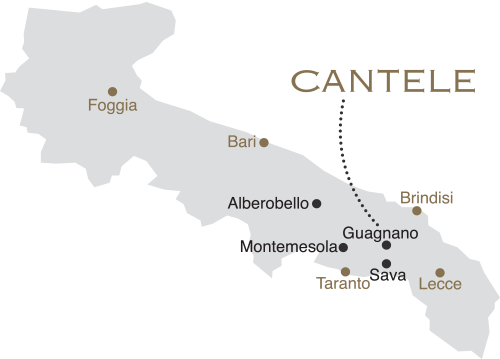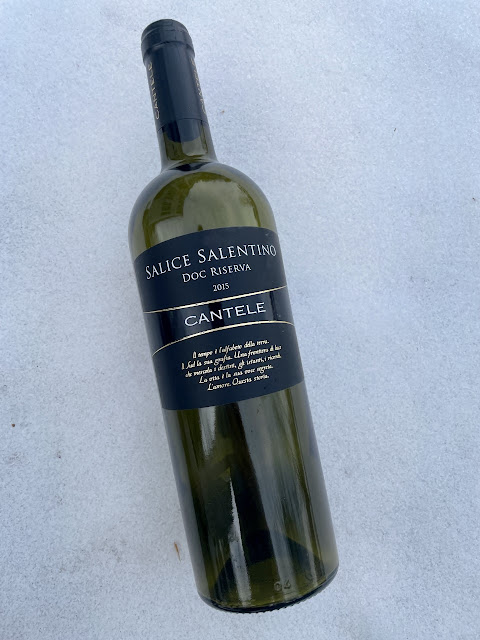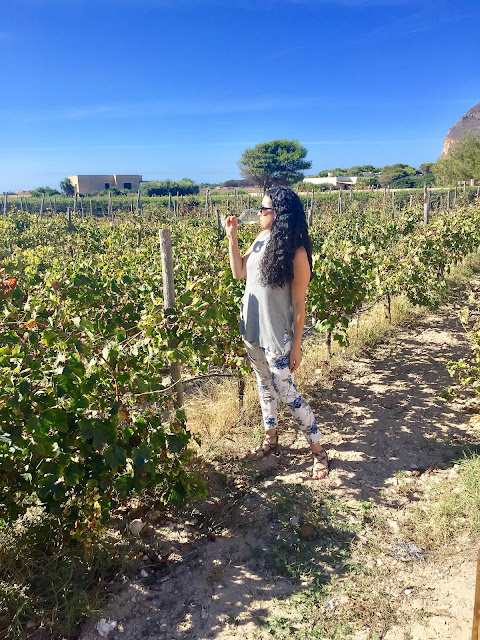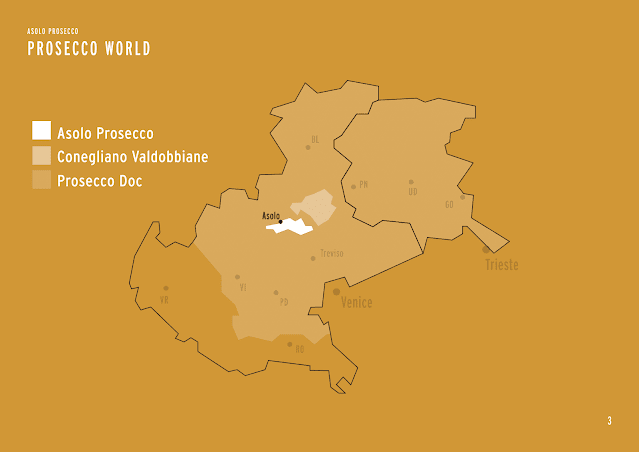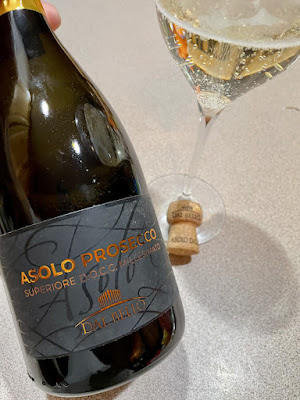It’s time to revisit southern Italy to the region of Puglia, also known as Apulia, and highlight it’s primary red grape, Negroamaro. We’ll be exploring one of the prominent wineries of the region, Cantele, located along the Salento peninsula.
The Puglia wine region is at the southern tip on the heel of Italy’s boot shape. It’s a land with a vast amount of plains and has an abundance of olive groves and farmland that is rich in agriculture along with a rocky coastline full of beaches. Located between the Ionian and Adriatic Sea, it’s the ideal Mediterranean climate that receives ample sunshine with moderating cooling breezes off the Seas along with the Sirocco winds blowing up from the south from Africa.
The history of Puglia winemaking was first heavily influenced and established mostly by the Greeks. They refined winemaking and planted vineyards. The winemaking of Puglia continued to prosper once the Romans took over.
The Puglia wine industry has a history of producing grapes and selling them off to northern Italy. Facing the cooler, Alpine climate, the wines of the north resulted with a lack of color and alcohol. This is where Puglia’s grapes are able to help improve the wines of the north in the areas lacking. This continued until about the 90’s when wineries and winemakers of Puglia started to look inward focusing on improving the quality of their own wines. Puglia ranks among the top 3 wine regions in Italy in terms of volume.
The Winery ~ Cantele
This is where Cantele comes into play. Cantele is located in the Salento peninsula, a narrow strip of land in southern Puglia. Giovanni Battista Cantele moved from northern to southern Italy in Puglia after World War 2 where him and his wife, Theresa, fell in love with the area of Lecce. He started off as many others did at the time selling off their grapes to the North.
In 1979 one of Giovanni’s two sons, Augusto, established the winery along with his father and brother Domenico. Augusto had studied winemaking in the north in Conegliano and later returned to Puglia consulting in the area before purchasing vineyards for the winery. Their focus is on “minimal intervention” to allow the grapes to show themselves in the purest form and display freshness.
As of 2001 Cantele is operated by the 3rd generation, the children of Domenico and Augusto. Gianni and Paolo are the children of Augusto and Umberto and Luisa, Domenico’s children. They grow many of Puglia’s native grapes including Negroamaro, Primitivo, Susumaniello and White Malvasia along with Chardonnay on their 120+ owned vineyards and the other 370 acres they manage.
The Wine
The 2015 Cantele Salice Salentino DOC Riserva is made of 100% Negroamaro. The locals call the Negroamaro grape “Niuru Maru”, which translates to bitter black. It is a dark, thick -kinned grape that produces rich, fruit forward wines. This wine is considered a benchmark, classic wine for Cantele with sourced grapes from their top parcels.
The Salice Salentino DOC was established in 1976 and takes it's name after the city where it was established. Located in the Lecce and Brindisi province, the Salice Salentino DOC require at least 80% of the Negroamaro grape, some using 100% as the one displayed today. Up to 20% of other grapes may include Malvasia Nera di Brindisi and/or Malvasia di Lecce.
The grapes from Cantele’s Salice Salentino DOC Riserva are grown from 20-50 year old vines on calcareous and clay soil. The wine spends 6 months in French barriques. Garnet in color and partially translucent in the glass. An abundance of berries on the nose including cherries, black raspberry and blackberries. Medium bodied with a nice blend of red and black lush raspberries and blackberries. Fruit forward with a hint of cedar and vanilla backed by acidity. An overall smooth and soft wine full of fruit.
